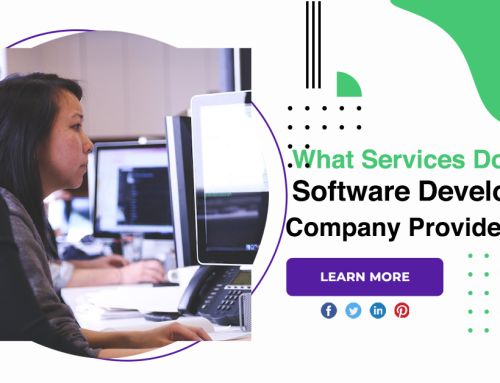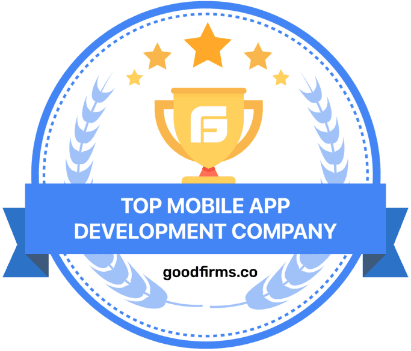5 Steps To Build A SaaS App In 2023
SaaS is a cloud computing service that allows users to access cloud software from a vendor. It’s an exciting alternative to the traditional way of installing software in a business environment. There is no need to build a server, install an application and configure it. Instead, applications live on a remote cloud network that can be accessed via the web or an API.
Build a SaaS app
Planning
Creating a successful app starts with careful planning. The success of SaaS applications depends on using the right technologies, market research, studying the target group, defining the purpose of the application, and considering the main functions. An experienced software development company will provide you with Business Analysis services to examine your case and provide the best solution to enter and grow in your desired market. It’s also a way to manage technical debt well. Technological debt can lead to increased development costs and lower financial returns.
Discovery
The discovery phase involves structuring your app development plans and preparing documents to help your team build the app. During the discovery phase of the project, the BA organizes meetings to learn the details of the project and take care of:
Software requirements specification:
Describes cloud application features, technical specifications, project goals, user groups, the scope of work, etc.
Risk assessment and mitigation plan:
This is an assessment of the risks you may face in building your app and strategies to mitigate those risks.
List of function breakdowns:
All the features you want to implement in your SaaS platform and time estimates.
Estimated expenses:
The estimated budget you could spend on SaaS development.
Architecture design and cloud computing
Database, storage, and SaaS services are cloud-based. The SaaS model manages the cloud environment in which the SaaS service is used, using AWS, Snowflake, Azure, or IBM Cloud. A software architect should work to create a high-level architecture design that describes the components and interconnections of your application and guides future development. It must also ensure the fast performance of SaaS applications, high security, and easy scalability with the right set of technologies.
Technical vision
Defining the best stack for the desired functionality is the next crucial step. The technology stack is divided into two different sides: the front end and the back end.
Conclusion
It is software that allows users to access and use it from anywhere. This type of software can be customized to your company’s specific needs, and because it’s cloud-based, you don’t have to worry about installing updates or creating space on your computer for new software.









